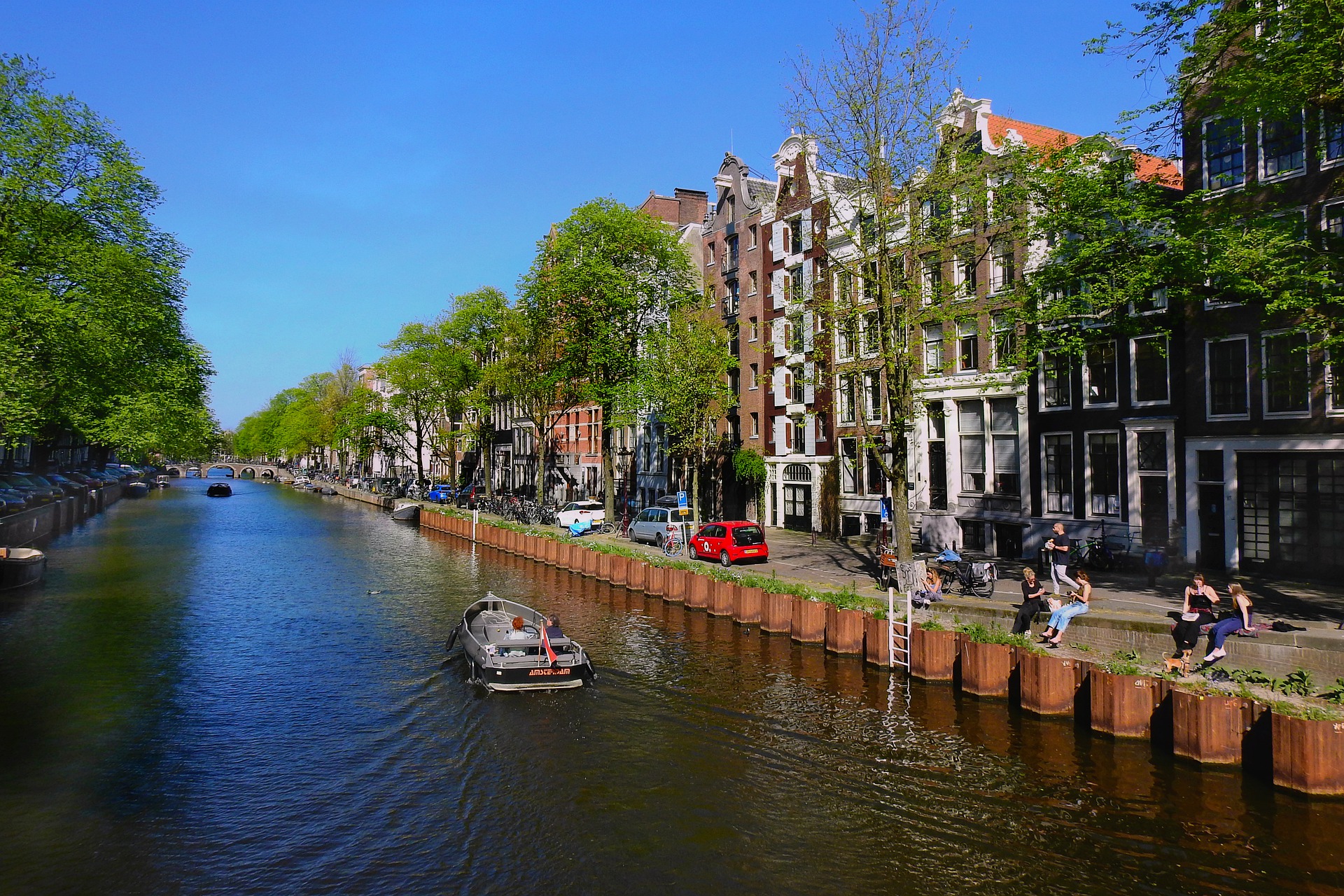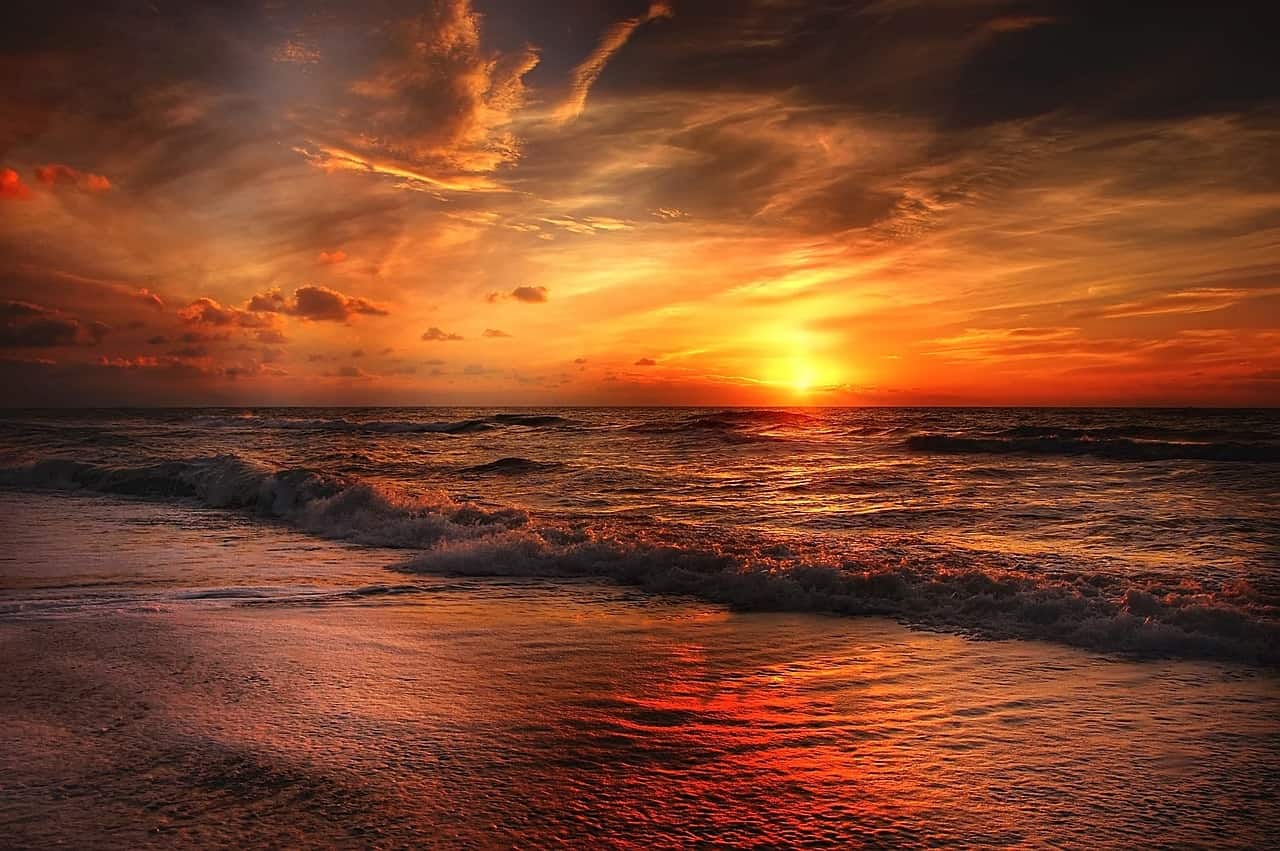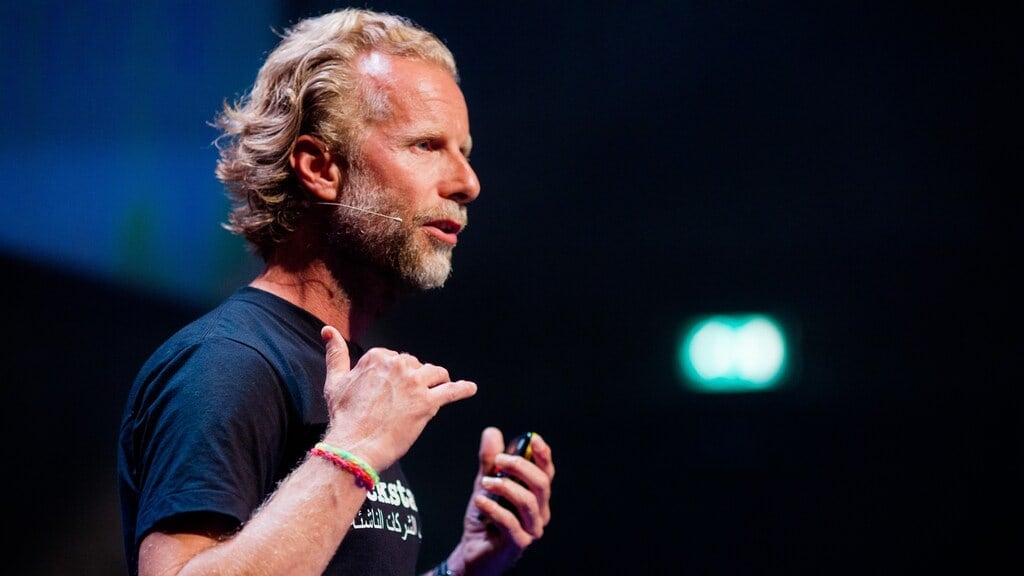
In September of 2020, a chunk of Amsterdam’s historic quay-walls collapsed. The reclaimed water that the city is built upon finally did some reclaiming of its own, leaving sinkholes and craters the size of houseboats in the street.
News bulletins took a break from the regularly scheduled programing of coronavirus articles to cover it. “The city is now collapsing – and the Dutch are paying the price,” read one article. “The Dutch capital is in danger, and only a massive makeover can save it,” warned another.
However, beneath the rubble is a way to address another existential threat: climate change. Amsterdam is trying to become free of natural gas by 2040. To this end, the city has been looking for new, green ways to heat their historical buildings. One way is to siphon heat from the canal water and store it for the winter months. With the collapse of the quay-wall, some how pouncing on the opportunity to rebuild:
“In order to build green energy quay–walls, it makes most sense to have the whole track renewed,” says Maéva Dang, Research fellow at the AMS Institute. “Now we can combine the energy transition challenges and quay-wall rebuild in one go.”
Dang is part of the ‘High-hanging fruit’ project. As the name suggests, it was created with a lofty goal in mind: helping Amsterdam become climate neutral by 2050 while maintaining Amsterdam’s heritage. They synthesize some older ideas for energy management – reducing and reusing excess energy – with ideas on how to produce new local sources. By doing so, they have created a novel option towards energy neutrality in Amsterdam.
Heating Amsterdam through its canals
“In Amsterdam, the city center has the highest heat demand density – but you cannot do much because there’s so many restrictions,” explains Dang. “So, we’re trying to find ways around it.”
Arguably the most innovative of these ideas is installing heat exchangers directly into Amsterdam’s quay-walls. When canal water temperatures rise in the summer months, the heat exchangers will be able to extract the heat from the surface water. The aquathermal energy/heat is then stored in seasonal storage units (which are already located beneath Amsterdam’s surface). Finally, heat pumps literally spread the warmth to buildings in the winter months. Extracting heat from surface water also lowers the canal temperatures in summer, improving the water quality for marine life.
It would not completely eliminate the need for gas – but according to a study by Waternet, up to half of Amsterdam’s heat demand can be met by aquathermal heating. The remaining energy needs could then be fulfilled using other solutions, such as biogas and green hydrogen.
It also provides an additional energy source to combine with solar energy. Though clearly the future, solar panels are a bit of an eyesore. And since the goal is to preserve the aesthetics of historical buildings, why not build underground?
Residents need to get on board
Amsterdam has identified 200 kilometers of quay-wall that need to be refurbished or renewed. ‘The High-hanging Fruit’ project are targeting the walls that need rebuilding as places to install these heat exchangers. However, it is not just the municipality that needs to give it the green light. Residents need to be on board too. Unfortunately, some are resistant to change.
“People generally trust the gas boiler – they know it’s reliable in winter,” explains Dang. “It’s something very new for residents to warm their homes with heat extracted from canals.”
There are upfront costs associated with this as well that residents may have to bear the brunt of. Energy upgrades for each building and heat pump installations to make the system work aren’t cheap. But gas prices are only going up and old buildings are difficult to heat. By making the upgrades now, it could save residents hefty gas bills in the future.
Not just Amsterdam
The ‘High-hanging fruit’ project is being proposed as a pilot. If successful in Amsterdam, other cities in the Netherlands could see similar renovations that would use their network of canals to heat or cool local buildings. It could also have applications throughout Europe. The canal-rich Venice and Bruges are obvious examples but also cities with easy access to water, such as London.
“Whenever you have open water with the right flow, you can use aquathermal energy,” says Dang.
It is also scalable – it can be used on individual houses as well as whole communities. Climate goals are similar throughout the EU and there may be no better time to rebuild waterside infrastructure – instead of waiting to the end of its lifespan.
Read about an Amsterdam start-up creating concrete that naturally grows moss on buildings.








